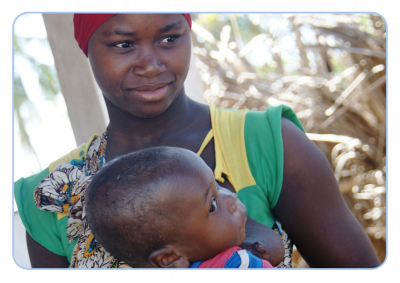What is measuring along pathways to change?
Measuring along your pathways to change means measuring each aspect of a priority behavior pathway to see where and how change is taking place. You measure the behavior, the critical factors, select supporting actor actions, and your program strategies and activities. See an example of how one program measured along the pathways on a nutrition program.
Why is measuring along these pathways so important?
Each of these elements – behavior, factors, supporting actor actions, strategies – impact on other parts of the pathways. So, it’s critical to measure at various points.
A behavior cannot change if the factors influencing it are not addressed or supported.
If you aren’t seeing change in your priority behavior there could be many reasons. Maybe it’s because a critical barrier, like active interference by family members in practicing the behaviors, is not being addressed. Or maybe it’s because a critical motivator is not being sufficiently built upon, like strong support from religious leaders to practice the behavior. But to know this, you must measure it!
Factors cannot change without folks doing their jobs and carrying out their activities.
If you are seeing no change in your critical factors, which likely means no change in behaviors, maybe someone is not doing their job. For example, one partner was supposed to have carried out their sessions to help introduce the behavior into a community. But, due to heavy rains, they haven’t been able to reach the community. Or maybe the strategy that was assigned isn’t the right strategy: morning sessions for mothers are unattended because they must be at the market in the morning! Again, to know this, you must measure it along the pathways. Not only will you know what is happening, but also what factors these challenges are affecting.
It is not enough to count “how many” and “with whom” for activities you have conducted.
If activities have no impact on factors (and hence behaviors) then no number of activities, even with the “right” community members, will change that. It is always important to be able to track your activities against factor-level outcomes and behavior outcomes. For example, 40 sessions on crop rotation have been conducted. But you are seeing no change in the behavior “farmers use crop rotation in the fields”. Is this because 40 sessions were too few? Maybe, but probably not. More likely the session content didn’t address critical factors for adopting this behavior. Or possibly a supporting actor, like the local government, recently put a protocol in place that disrupts rotational crop farming. Or maybe the equipment they need to farm this way is often unavailable and too costly when it is available.
These are the behavioral aspects that you will consider now that you are keeping behaviors front and center and measuring along your pathways to change. It takes the chaos of the on-the-ground situation and turns it into actionable data you can chew through to unstick stuck progress.
How does this measurement along pathways make BIG different?
BIG is different because it helps you develop pathways to change (unlike other social and behavior change (SBC) or social and behavior change communication (SBCC) approaches) . It shows you how to measure your progress and successes along those pathways. And it also provides you with tools to develop good indicators for each of the elements of the pathway that you should measure along (the behavior, the critical factors, select supporting actor actions, and the program strategies and activities).
 BIG CONCEPT:
BIG CONCEPT: 

 The Manoff Group was acquired by JSI in 2022.
The Manoff Group was acquired by JSI in 2022.